For the sake of sake: a guide to all things sake

Isn’t this carafe of sake a beauty? Not just looks but brains too – clever way of serving chilled sake at Hakkasan.
Dubai; If you love a tipple of sake, do you prefer it served warm or chilled? I’ve always enjoyed mine at room temperature until I travelled around Japan three years ago where it’s frowned upon. Etiquette says in most cases sake should be drunk cold, something that Olivier Gasselin, the head sommelier at Hakkasan in Dubai reaffirms over a sake masterclass.
The original Japanese term for sake is ‘Nihonshu’ with ‘Nihon’ translating to Japan and ‘shu’ liquor. In Japan sake refers to any alcoholic beverage, but for the purpose of this post let’s just say sake. Probably why the name surprisingly doesn’t have protected denomination of origin status. And hence ‘sake’ can be produced anywhere in the world not just Japan. The US and China for instance are large producers and consumers of sake.
Sake is sometimes referred to as rice wine, but the brewing process is more in tune with beer. Produced from rice harvested in the summer, this clear (usually) alcoholic tipple is brewed in winter with yeast, koji (mold spores cultivated from steamed rice) and water. The acidity in sake is much lower than wine and therefore makes for a softer flavour. Either clear or pale straw in colour, sake styles range from dry, light and crisp to richer and slightly sweet as the price goes up. Unlike wine, sake should be drunk young…unless it’s the specially aged Koshu.
Back to Hakkasan and our masterclass organised by the folks at Lime & Tonic. We’re in one of the private dining rooms – the Ling Ling lounge – with 14 of us all seated eagerly taking in Olivier’s softly spoken and calming words as he romanticises sake. He’s French after all. We have a tasting sheet placed in front of us showing six sakes, along with a map highlighting four of Japan’s sake prefectures – Nagano, Kyoto, Hyogo and Shiga. For the purpose of the tasting we’re drinking sake in wine glasses to allow us to fully appreciate the aromas, but it is usually decanted into a traditional ceramic flask ‘tokkuri’ and poured into teeny handle-free cups ‘ochoko’. Over a Hakkasan dinner with friends a few months ago, sake was served in this stunner of a carafe. A faux pas worth remembering is to never pour your own sake…someone else should always do the honours. Well that’s one way to start chatting up strangers ;).
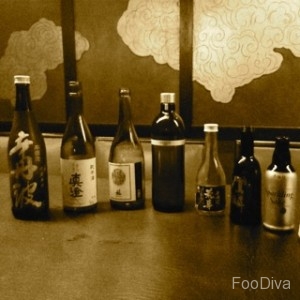 Here’s a snapshot of the six Japanese sakes Olivier educates us on as we taste away. Perhaps you’ll get a different selection when you go though. He also throws in a seventh as you can see here, but which one? I’ll leave that as a surprise. Just a note on the names below. The first reference is for the brewery, the second for the type/ category of sake, and finally the prefecture. NV implies non-vintage, but you know that anyway.
Here’s a snapshot of the six Japanese sakes Olivier educates us on as we taste away. Perhaps you’ll get a different selection when you go though. He also throws in a seventh as you can see here, but which one? I’ll leave that as a surprise. Just a note on the names below. The first reference is for the brewery, the second for the type/ category of sake, and finally the prefecture. NV implies non-vintage, but you know that anyway.
- Gekkeikan, Sparkling Nigori NV, Kyoto – can you believe it a sparkling sake?! I think this may just become FooDiva’s new prosecco, albeit an expensive one at AED 195 for a small 250ml bottle. Note prices here are from Hakkasan’s wine list – expect tax to be added.
- Ozeki Karatanba, Nigori NV, Hyogo – the Nigori tipple is coarse-filtered which leaves particles of rice floating making for a cloudy liquid. AED 245 for 300ml.
- Ozeki Karatanba, Honjozo NV, Hyogo – Hakkasan’s house sake and the only one we are served warm. With Honjozo, brewers alcohol is added to give a lighter and more fragrant sake. AED 455 for 720ml.
- Masumi Okuden Kantsukuri, Junmai NV, Nagano – one of the top five sakes in Japan. Junmai is a pure rice sake and very full-bodied. AED 675 for 720ml.
- Kirakucho, Junmai Ginjo NV, Shiga – Ginjo is a super premium pure rice sake where half of each rice grain is milled away. AED 775 for 720ml.
- Gekkeikan, Horin, Junmai Daiginjo NV, Kyoto – Daiginjo is a top of the range pure rice sake where even more than half of each rice grain is milled away! AED 345 but only for 300ml.
Intertwined with our sake are a selection of the Cantonese tasting dishes Hakkasan is Michelin renowned for…just a few bites. Perhaps a little too mini for FooDiva’s huge appetite but other peeps seem fairly full. I’ve only ever combined the simpler and sharper flavours of Japanese food with sake, but I do relish the rich textures of Chinese cuisine with this crisp tipple. By the way Hakkasan is more than happy to accommodate any dietary requirements.
I am always searching for food and drink events with a difference and this certainly ticks that box. If you either love your sake or would just love to try it, then this two hour plus tutored tasting makes for a fun and relaxed soirée. Oh and more importantly, like most sakes you’ll wake up clear-headed :).
 The next Lime & Tonic sake masterclass at Hakkasan takes place on October 15th at 7pm priced at a bargain AED 275, with the idea that this event will become a regular monthly fixture. If you’ve not yet registered with L&T click here to receive an AED 50 credit just for FooDiva readers.
The next Lime & Tonic sake masterclass at Hakkasan takes place on October 15th at 7pm priced at a bargain AED 275, with the idea that this event will become a regular monthly fixture. If you’ve not yet registered with L&T click here to receive an AED 50 credit just for FooDiva readers.
So for the sake of sake, have I convinced you to dabble in a spot of tasting? Are there any more sake classes around town I should know about? Where do you drink sake?
A bientôt.
FooDiva. x
P.S – incase you missed it, here’s a post on a refreshing new dining guide for Dubai, plus my musings on restaurant concepts this town desperately needs.
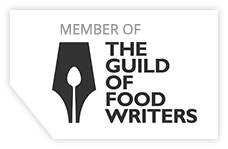















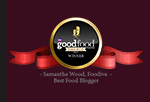
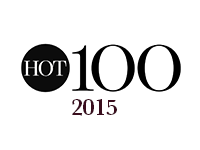








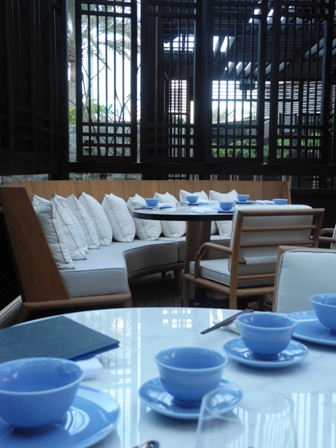


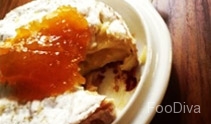


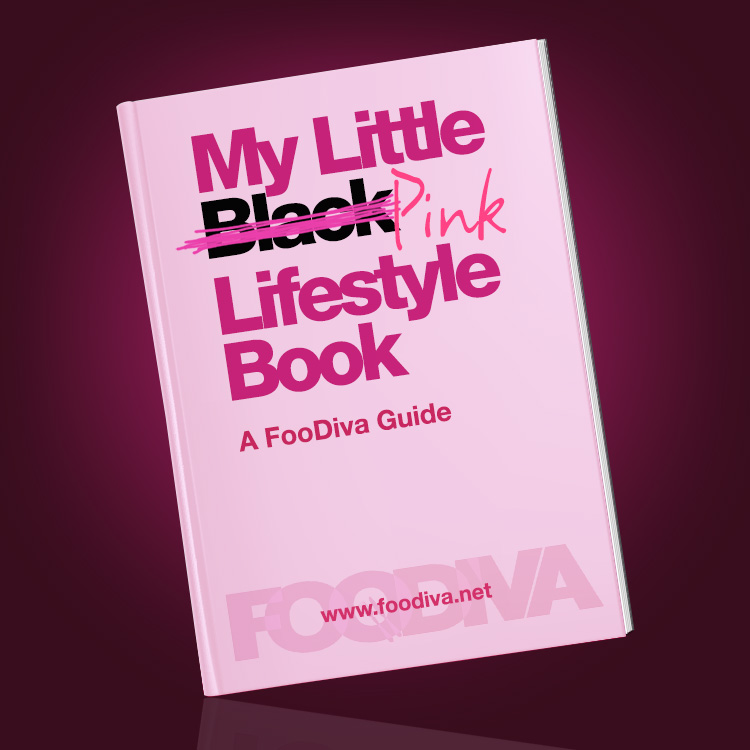
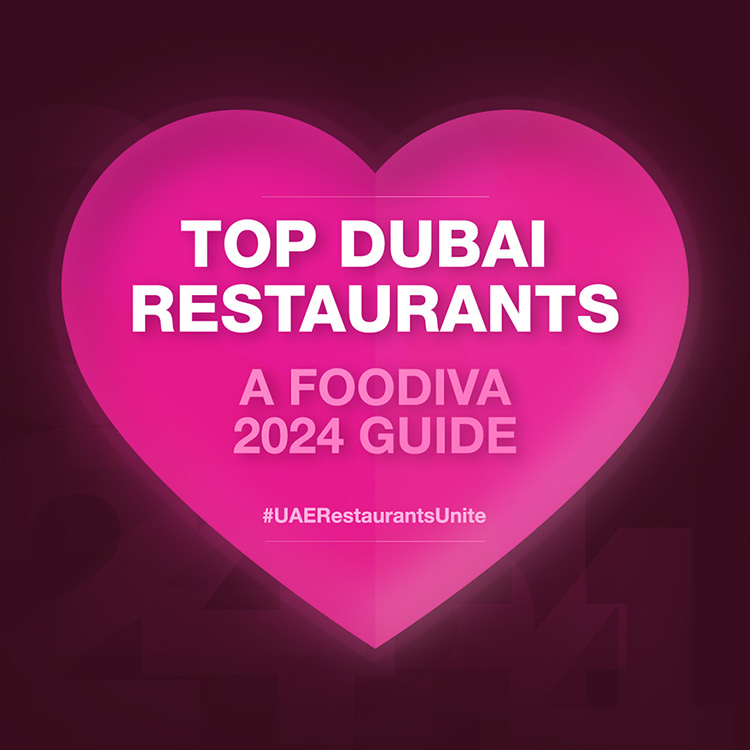





My understanding is that sake is drunk warm when it’s of lesser quality, but I may be wrong. What, to me, is the intriguing aspect of sake is that a mass market drink is still produced in large quantities by timeless artisanal methods. I find it a very subtle drink, hence the Cantonese food at Hakkasan rather overpowered it for me – the clarity and cleanness of Japanese food seems a better match. Intriguing tasting, though.
Yes you’re right Dave but surely we should be drinking good quality anyway 🙂 You must get yourself to Japan Dave and the Tsukiji fish market for the crack of dawn tuna auctions. Riveting stuff.
I loved this sake tasting – learned such a lot and the food/drink matching was so interesting. That gorgeous bar too – worth returning.
Agh yes that bar, one of my faves here…nearly included my photo but will keep it for another post sometime. Am sure you will Sally!
I had too much sake a few years back and had the worst hangover in my entire life! LOL
In Japan, there’s a term called “futsukayoi”, meaning 2 days of hangover but with sake, it lasted for more than 2 days! I never touched sake the same way again. It’s either I had bad sake, strong sake or I am just sissy!
Ha ha Grace! Well I guess too much of any booze will result in a hangover. But two days surely not…did you drink down the whole brewery?!
Loved this Lime & Tonic event! I may become a sake snob with my new knowledge. Interesting (and not at all dry) to learn about the production related to regions, special rice crops and the brewing process. I shall certainly switch to sake for certain Asian food combos, and disagree that its appeal should be limited to Japanese dishes. Personally, I thought it worked really well with the menu we were served . A great way to sip, sample and experiment, and a really entertaining and interactive evening.
After this masterclass I too will make the effort to order sake in restaurants other than Japanese…provided they have it on the wine list.
I know FD, Japan awaits! I only drink lower quality sake when visiting Yo Sushi! in London’s Poland Street on my trips back. I know it’s not the greatest but it’s a nostalgic thing – this used to be the starting point for my weekly vinyl hunt in Sohp, which always ended up with Guinness in The George on D’Arblay Street…
Fantastic – definitely going to do that!